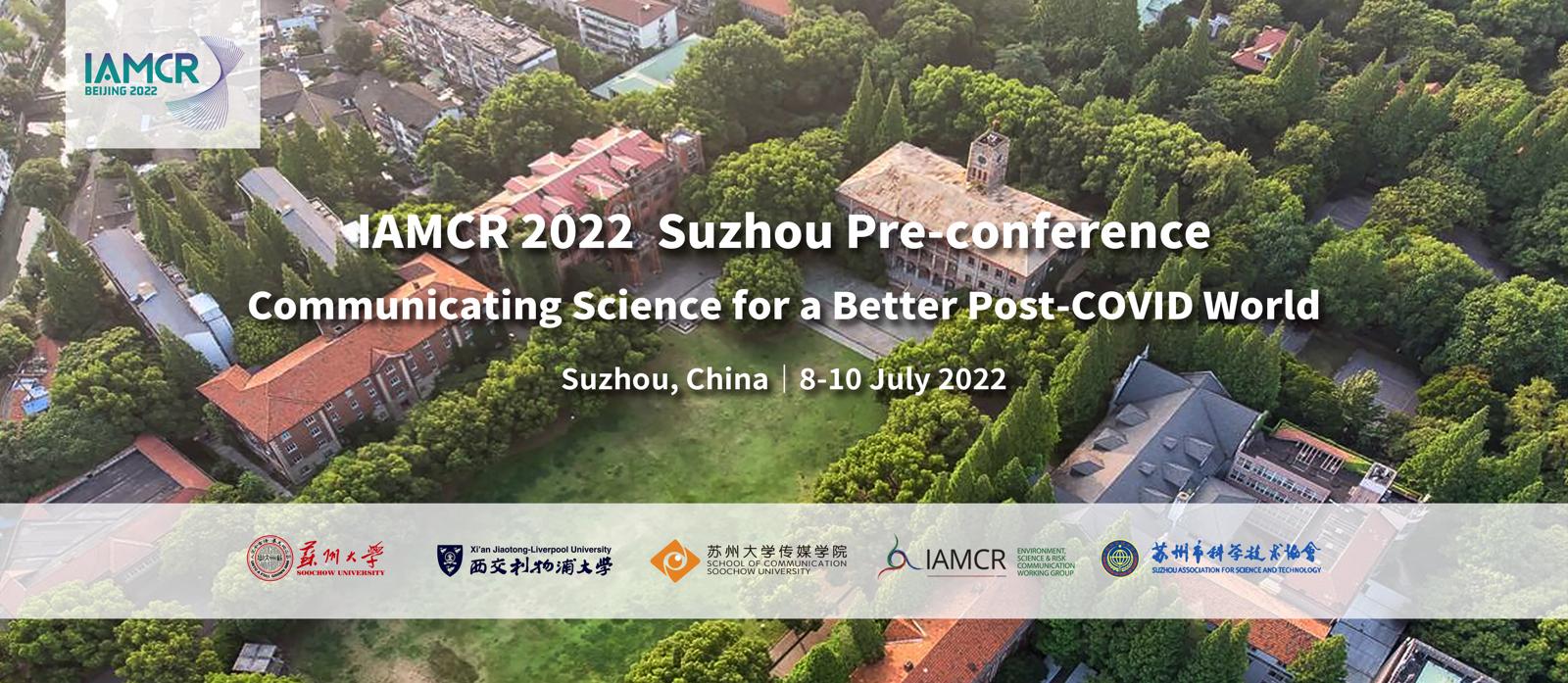At present, although the epidemic level of AIDS is low in China, it is still the infectious disease with the highest number of reported deaths. According to the Healthy China Action (2019-2030), the HIV/AIDS infection rate in the whole population should be controlled below 0.15 percent by 2022. The public's understanding of AIDS comes from various media, which can help the public understand AIDS related information more objectively and take correct attitudes and actions. Western society has achieved a lot of valuable results in media agenda-setting issues for AIDS. China has a different cultural tradition, media environment and social system from the Western society. It is worth paying attention to examining whether agenda-setting theory is still valid when it comes to AIDS issues.
Traditional agenda-setting theories tend to be based on the main assumption that people's cognition is linear and that media will influence public cognition in a linear way. Now the agenda setting theory has developed to the stage of network agenda setting. The network agenda setting theory emphasizes the media's selection and combination of different elements on the same theme or event, and the public also presents the same agenda structure. This kind of influence is produced in the form of multiple linear combination and network. This paper examines the Network Agenda-setting Model (NAS) by studying the agenda setting network of mainstream newspapers and the online public on AIDS, using the research methods of content analysis and social network analysis. It mainly includes the following two research questions: 1. On the issue of AIDS, what are the characteristics of the agenda-setting network of mainstream newspapers and the public respectively? 2. Is there a correlation between the agenda-setting network of mainstream newspapers and the agenda-setting network of the public?
The results show that the media agenda network and the public agenda network have a high degree of network correlation rather than traditional linear correlation, and there are similarities in form and composition. The distribution of agenda topics tends to be highly centralized and shallow. The density of media agenda-setting network is much higher than that of public agenda-setting network, and the amount of media content is much higher than that of public content. The former mostly reports the epidemic situation of the population from a neutral perspective, such as the rising infection rate of the elderly and college students in recent years, while the latter focuses on the groups in the case and has a more prominent attitude, such as binding black people, homosexual group and negative stereotypes together. The theoretical significance of this study lies in the introduction of network agenda setting into the field of health communication, which further enriches the theoretical connotation. At the practical level, it will contribute to the prevention and treatment of AIDS epidemic and the elimination of prejudice by investigating the relationship between media reports and online public health cognition.

 京公网安备 11010802039275号
京公网安备 11010802039275号